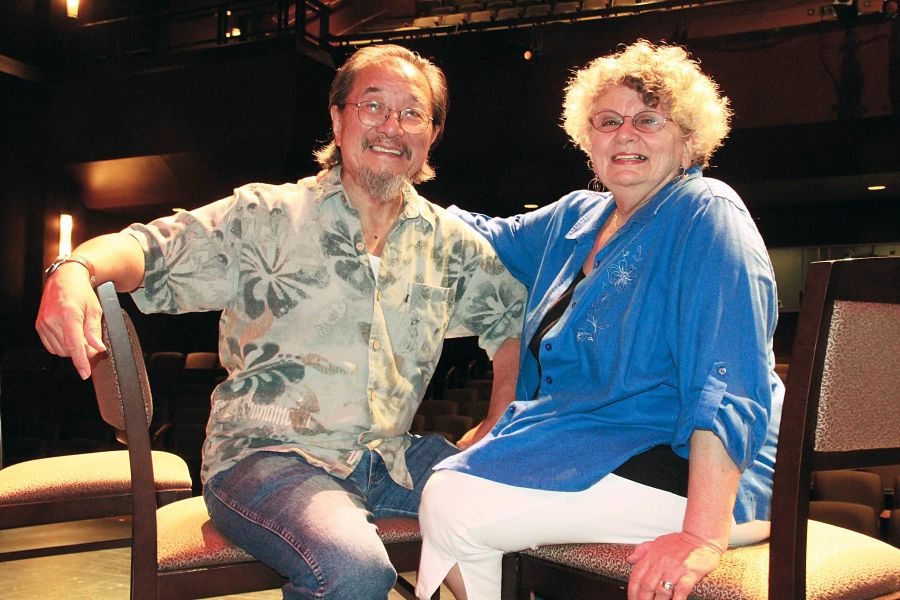HACKETTSTOWN, N.J.: It wasn’t work that drove real-life theatre couple Randall Duk Kim and Anne Occhiogrosso out of New York City; it was books. The two had amassed a collection of more than 10,000 volumes of theatre history and biographies.
“That’s why we had to move out to New Jersey, because an apartment wasn’t going to store it,” says Occhiogrosso with a chuckle. Now that collection is being put to good use in Then Came Each Actor, a retrospective of notable actors and actresses in theatre history, playing April 10–26 at Centenary Stage Company in Hackettstown.
“In America, we almost scoff at any idea of tradition, whereas in kabuki theatre or bunraku or the noh theatre, tradition is highly respected and is passed on with great respect and love,” Kim points out. “But we have no such respect for the past. We have no such respect for where we came from, or for the accomplishments of those who came before us.”
Then Came Each Actor is Kim and Occhiogrosso’s way of remembering great actors of days gone by—figures such as Edwin Booth, Sarah Siddons and Paul Robeson. The play is a new version of an old favorite, What Should Such Fellows As I Do?, which was a one-man show first performed by Kim in 1979 at American Players Theatre in Spring Green, Wisc. Kim and Occhiogrosso cofounded APT and led it for many years, alongside the late Charles Bright.
The two departed the theatre in 1991 but Fellows lived on, now expanded into a two-person evening. Kim and Occhiogrosso will recreate some memorable stories they’ve discovered in their research, including accounts of Siddons as she prepared to play Lady Macbeth and Ira Aldridge struggling for respect as one of the first African-American classical actors.
Channeling a single iconic actor is one thing, but several? “On one level you feel, gosh, do I have the nerve to mention Eleanora Duse, Sarah Siddons or Edwin Booth, and then do Hamlet or Lady Macbeth?” says Occhiogrosso. “I don’t think either one of us is expecting to replicate who the actors were. We’re simply bringing our love of those people and the work they did, and sharing that with the audience.”


